Newsroom+ Sustainability Brief
Go Eco Print Lab: Water‑Based Inks, FSC Bars & Smarter Packaging
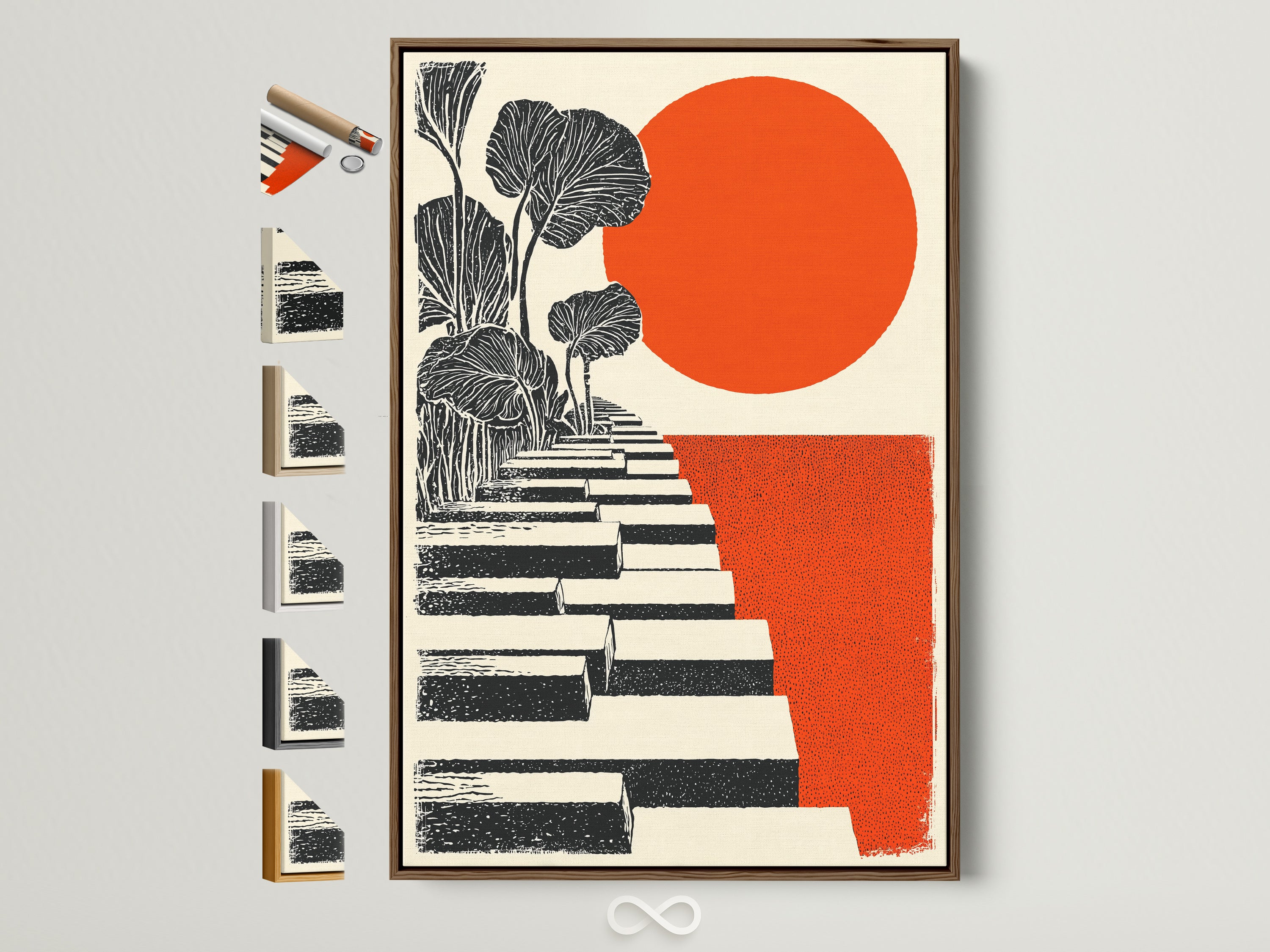
TL;DR — Wall art can now be produced cleaner end‑to‑end: water‑based inks with UL GREENGUARD Gold emissions credentials, FSC/PEFC‑certified stretcher bars for frames, and right‑sized, curbside‑recyclable packaging. This quick brief rounds up what changed in 2024–2025—and how to spec it on your next print run.
1) Water‑Based Inks Are the New Default for Interiors
Major print platforms for décor now emphasize water‑based chemistries designed for low odor and low emissions without sacrificing gamut or durability. HP’s latest Latex ink family is water‑based (≈65% water), free of HAPs (per EPA Method 311 testing), and carries UL GREENGUARD Gold and UL ECOLOGO credentials, positioning it for full‑room wallcoverings and sensitive settings like healthcare and education. Epson’s SureColor R‑Series (UltraChrome RS) and Roland’s TrueVIS AP‑640 (resin/latex) likewise tout water‑based formulations and GREENGUARD Gold for interior air quality.
- What it means for wall art: low‑VOC prints suitable for bedrooms, nurseries, clinics, and hospitality—no special ventilation; instant‑dry throughput helps maintain margin.
- Spec tip: ask your print partner for UL GREENGUARD Gold documentation and whether their inks are water‑based latex/resin (HP Latex, Epson RS, Roland AP‑640) vs. solvent/UV options.
Related reads
• Roland TrueVIS AP‑640: water‑based latex & GREENGUARD Gold
• Epson SureColor R‑Series (UltraChrome RS) overview
• HP Latex sustainability advantages
2) Frames That Do Better: FSC & PEFC Stretcher Bars
Beyond the print, the wood matters. Look for stretcher bars sourced from responsibly managed forests under FSC (Forest Stewardship Council) or PEFC (Programme for the Endorsement of Forest Certification). Retail and pro suppliers increasingly list this in specs: for example, Best/Blick heavy‑duty bars note pine from FSC‑certified suppliers, while Jackson’s Museum bars are made from PEFC‑certified, kiln‑dried, finger‑jointed, triple‑laminated pine for warp resistance.
- Spec tip: Ask for FSC/PEFC chain‑of‑custody evidence for stretcher bars and frame mouldings—ideal for hospitality, education, and public procurement bids.
3) Smarter Packaging: Right‑Sized & Curbside‑Ready
2024–2025 saw headline shifts in e‑commerce packaging. Amazon began replacing plastic air pillows with recycled paper fill in North America and ramped “right‑size” automation—steps that cut plastics use and shipping weight while improving recyclability. Independent surveys this year show consumers continue to reward simpler, recyclable packaging—even as cost and supply‑chain barriers persist for shippers.
- Spec tip for art shipments: choose paper‑based mailers/void fill, water‑activated paper tape, and right‑size cartons that minimize empty space around framed pieces; use corner‑guards and honeycomb pads instead of plastic pillows.
What This Means for Your Wall‑Art Program
- Ask for water‑based, GREENGUARD Gold ink platforms (HP Latex / Epson RS / Roland AP‑640) for indoor décor.
- Specify FSC/PEFC bars (or recycled‑content frame mouldings) in print bids.
- Ship smarter: right‑size packaging + paper fill; design for easy curbside recycling.
From our studio: At Artoholica, we prioritize water‑based pigment printing for indoor safety, team up with suppliers that offer FSC/PEFC bar options, and pack with recyclable materials wherever feasible. For palette ideas that pair naturally with sustainable materials, explore our color & trend briefs in the Newsroom.
FAQ — Eco Print Lab
Are water‑based inks as durable as solvent/UV for wall art?
For interior décor, modern water‑based latex/resin systems (HP Latex, Epson RS, Roland AP‑640) deliver excellent scratch resistance and fast dry—often suitable for immediate finishing/lamination. They’re optimized for wallpapers, canvas, paper, and many films while keeping indoor emissions low.
What’s GREENGUARD Gold and why should I care?
It’s a UL program that limits chemical emissions from products. Gold is the stricter tier for sensitive spaces (classrooms, healthcare), making it a strong signal that prints won’t compromise indoor air quality.
FSC vs PEFC stretcher bars—what’s the difference?
Both certify responsible forestry and chain‑of‑custody. FSC is globally recognized; PEFC is a robust umbrella endorsing national schemes. Either is a positive spec for bars/mouldings in décor projects and RFPs.
Is paper cushioning safe for shipping framed art?
Yes—with right‑sized cartons, corner‑guards, honeycomb pads, and dense paper void fill. It improves recyclability and reduces damage from shifting compared to oversized boxes and plastic pillows.
How do I request eco packaging on my Artoholica order?
Add a note at checkout (e.g., “eco packaging, paper fill only”)—we’ll prioritize paper‑based materials and right‑size the parcel where possible.
References
- HP Latex Sustainability Overview
- HP Latex Inks & Media — Certifications (GREENGUARD Gold, ECOLOGO)
- HP Latex Inks Technical White Paper (2025)
- Epson SureColor R‑Series (UltraChrome RS) — Resin/Water‑Based
- Roland TrueVIS AP‑640 — Water‑Based Latex & GREENGUARD Gold
- Reuters: Amazon gets praise for paper‑first packaging (2025)
- AP News: Amazon shifts from plastic air pillows (2024)
- McKinsey: Sustainability in Packaging—2025 Consumer Views
- Blick: Best Heavy‑Duty Stretcher Bars — FSC‑sourced pine
- Jackson’s Museum Bars — PEFC‑certified pine

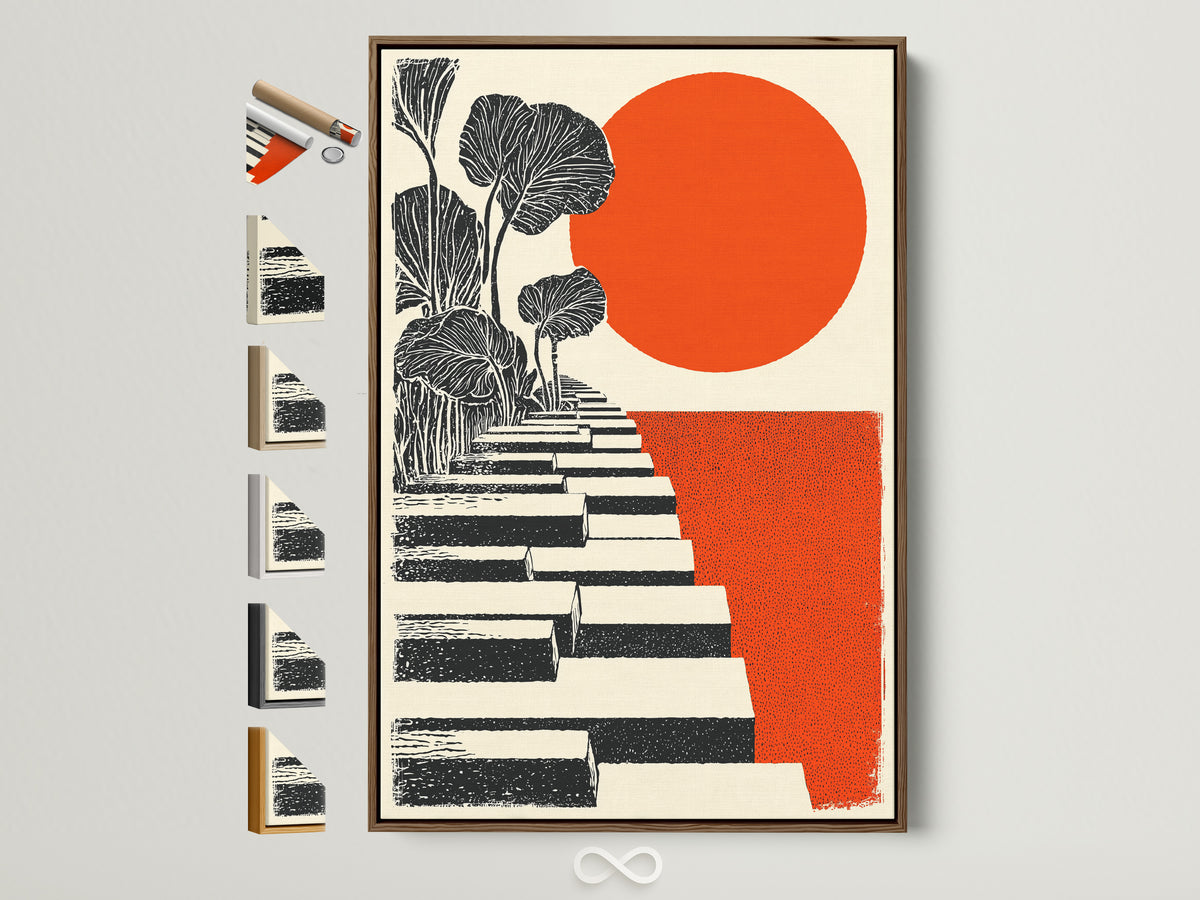
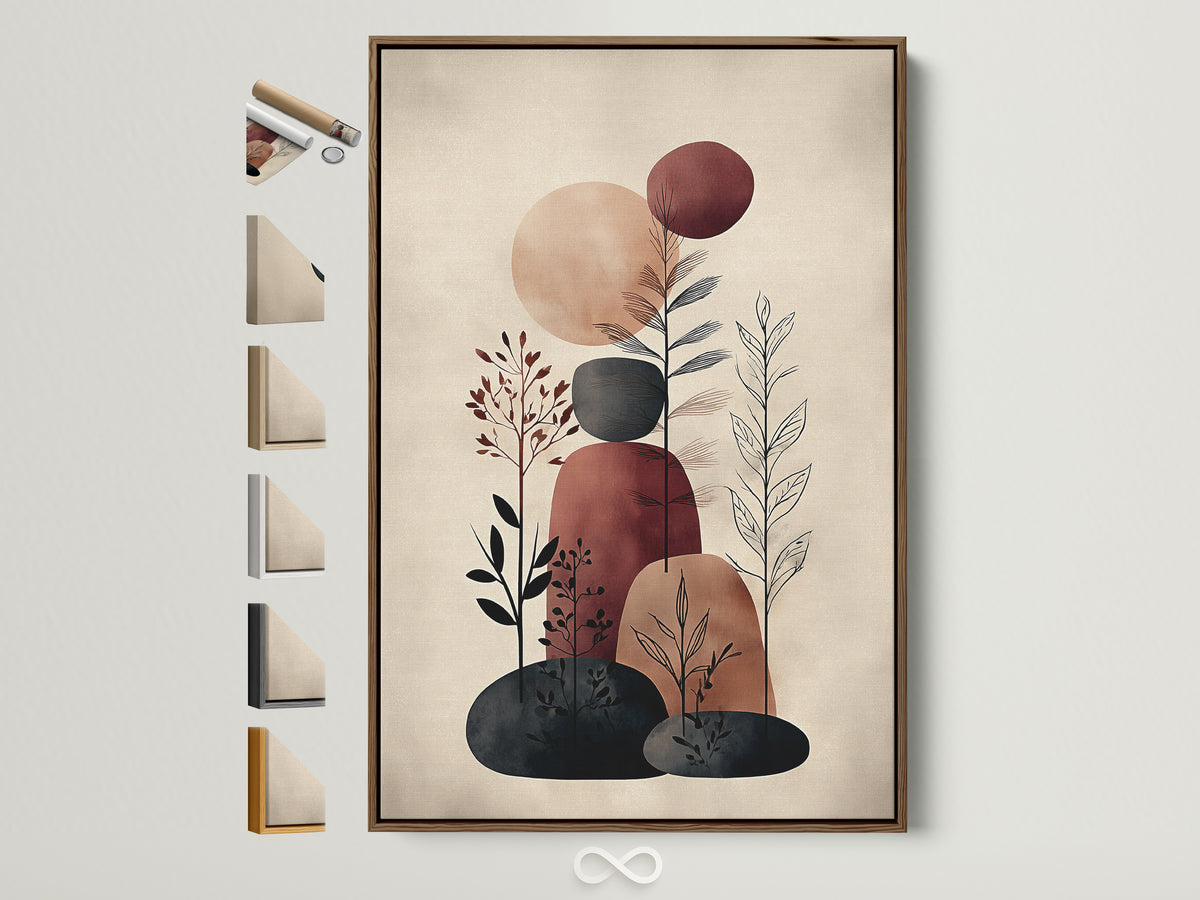
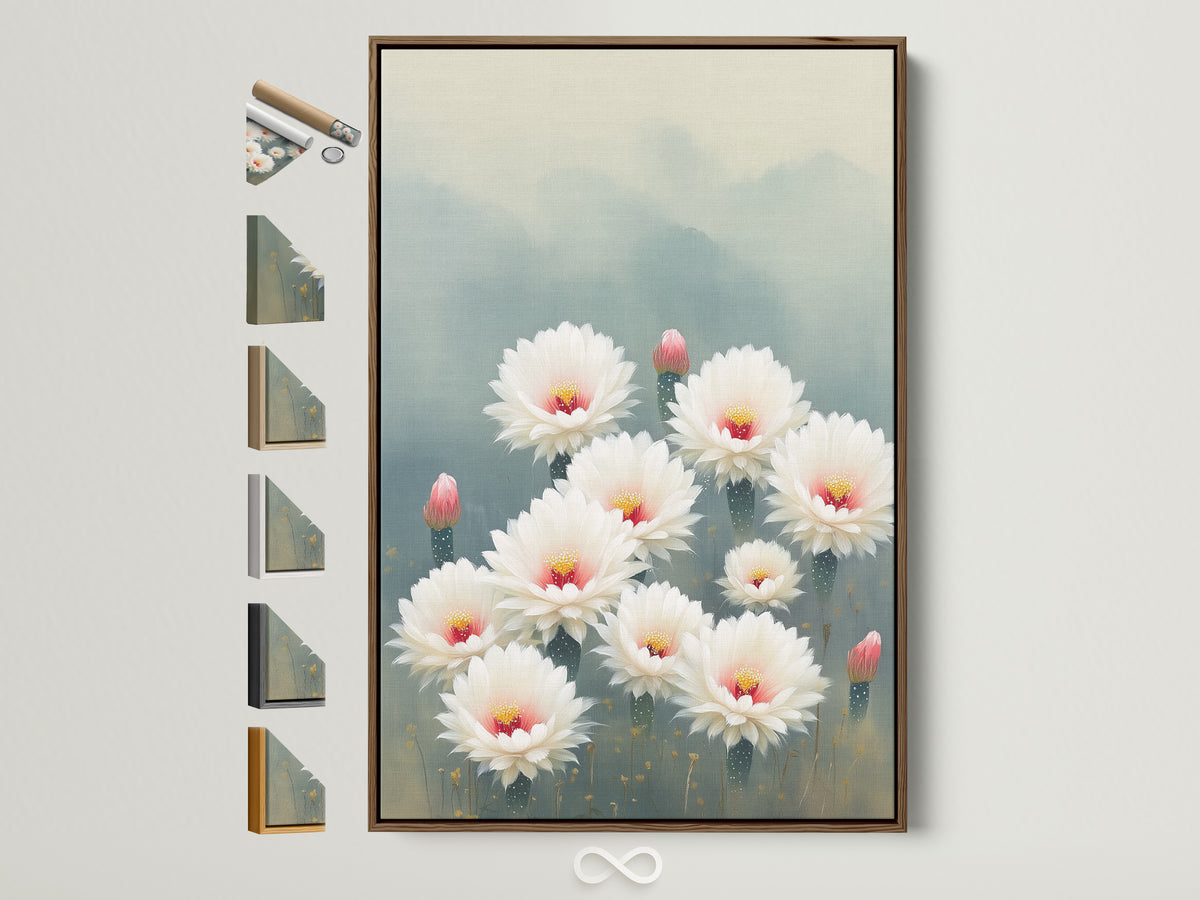
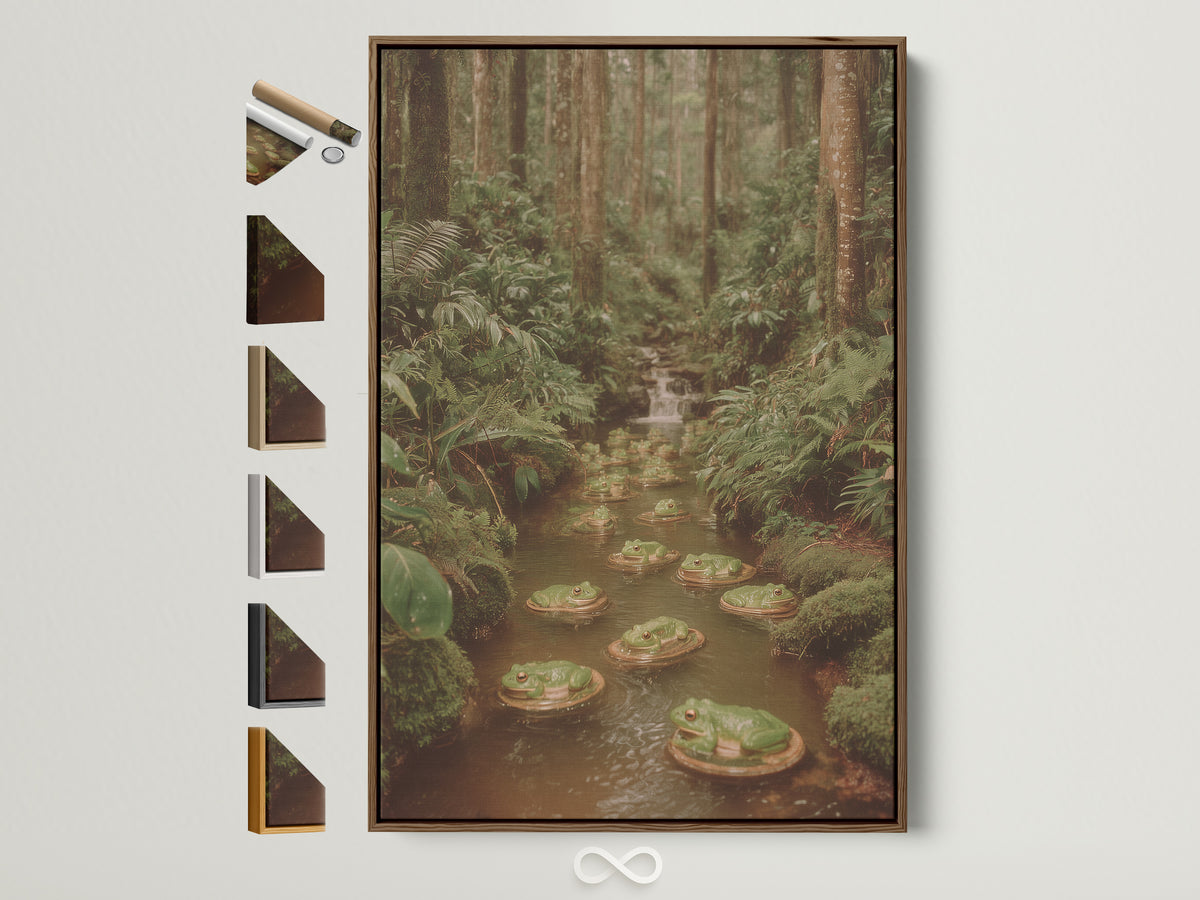
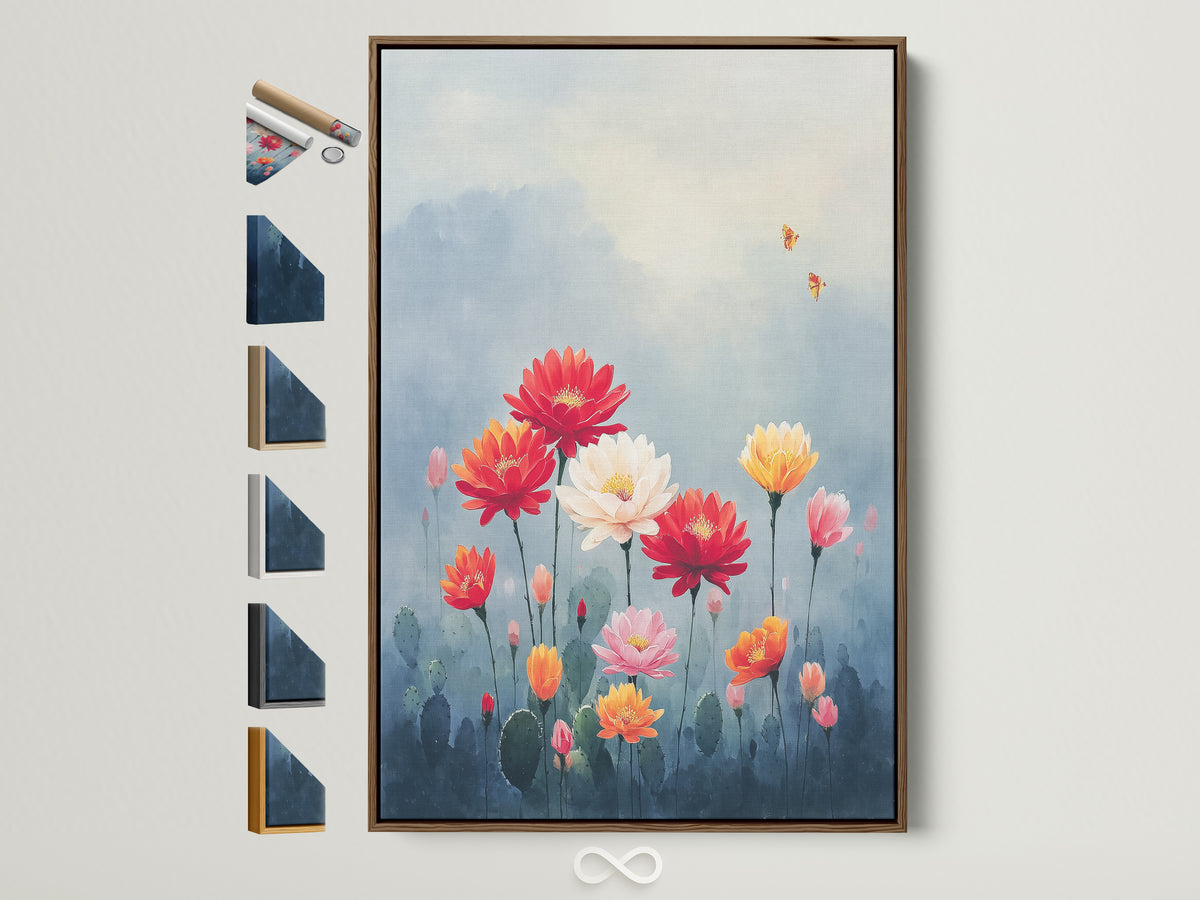
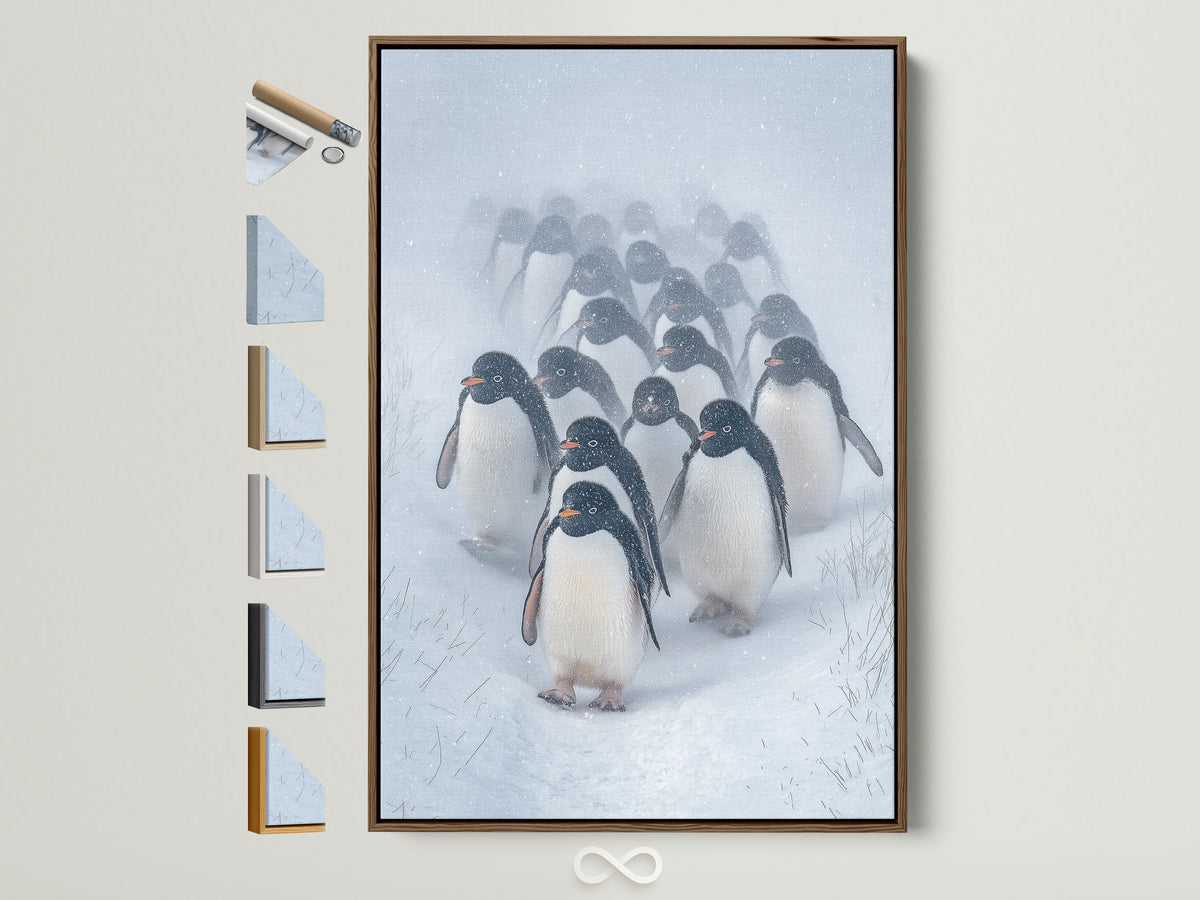
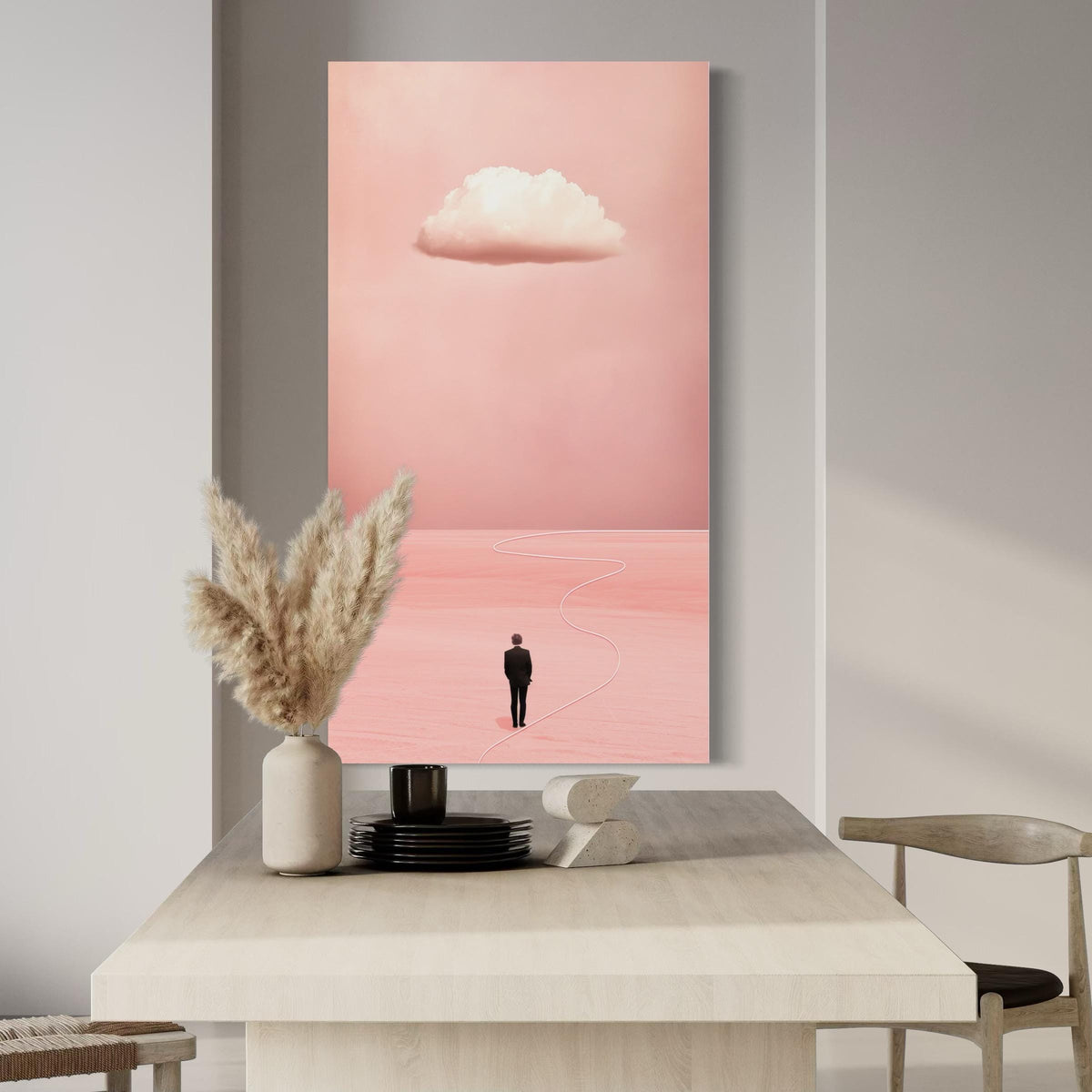
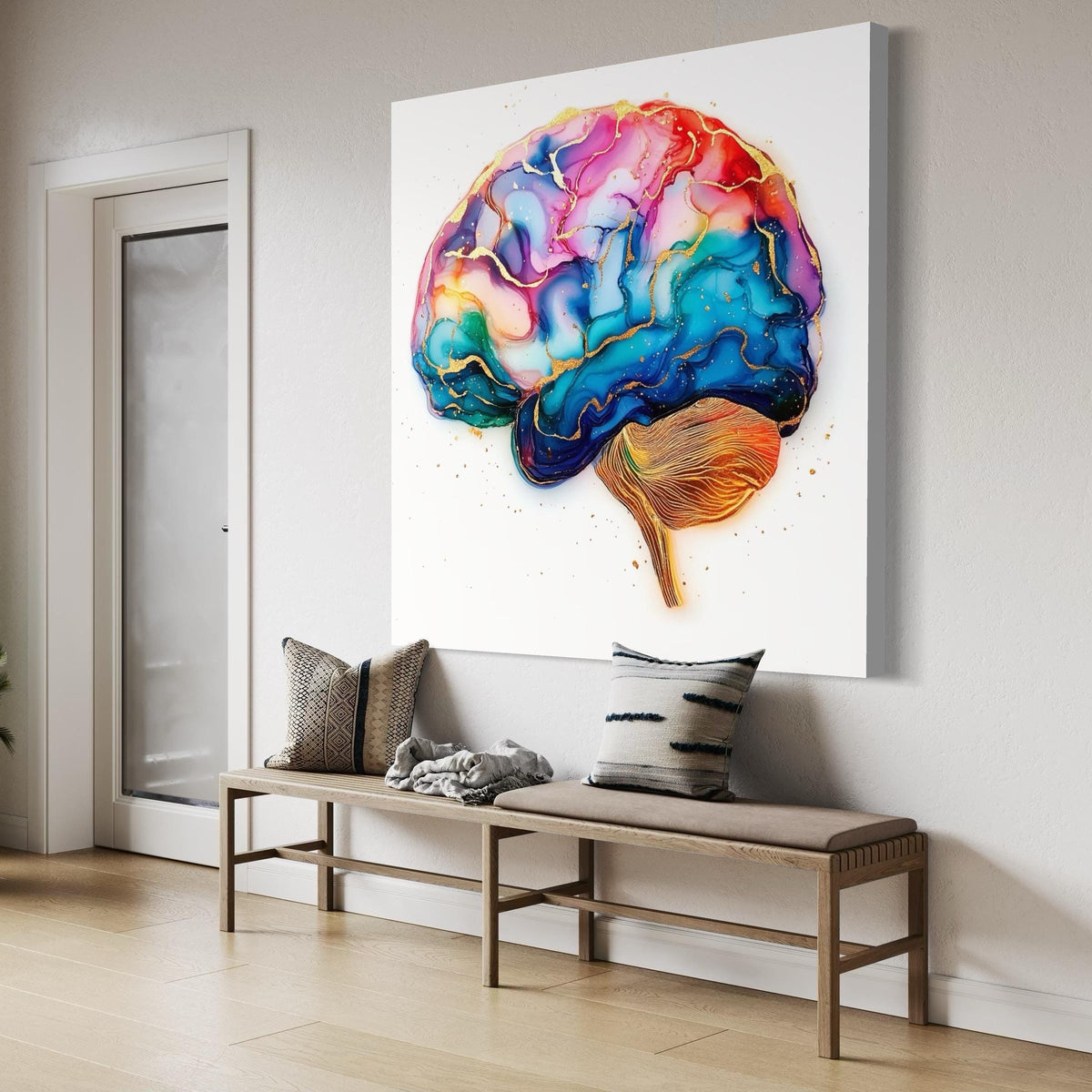
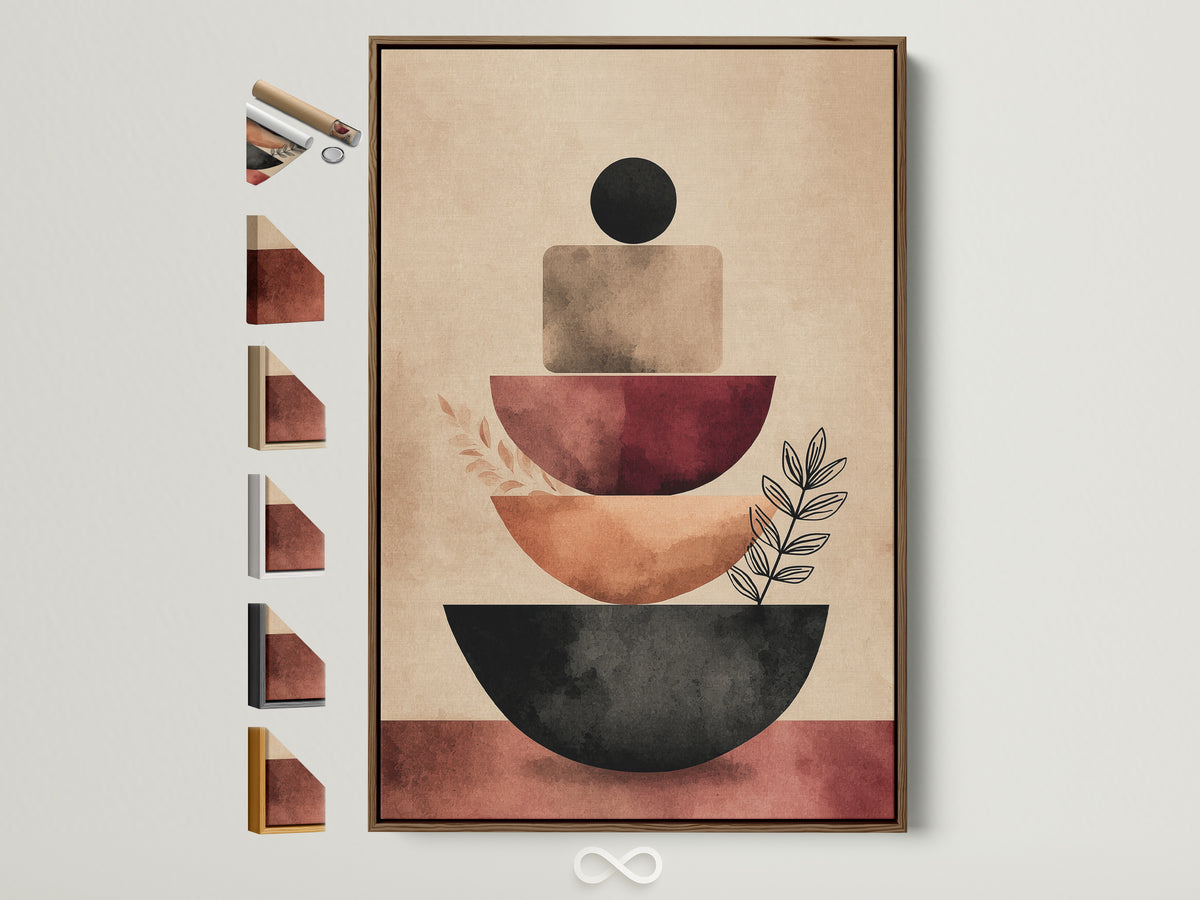
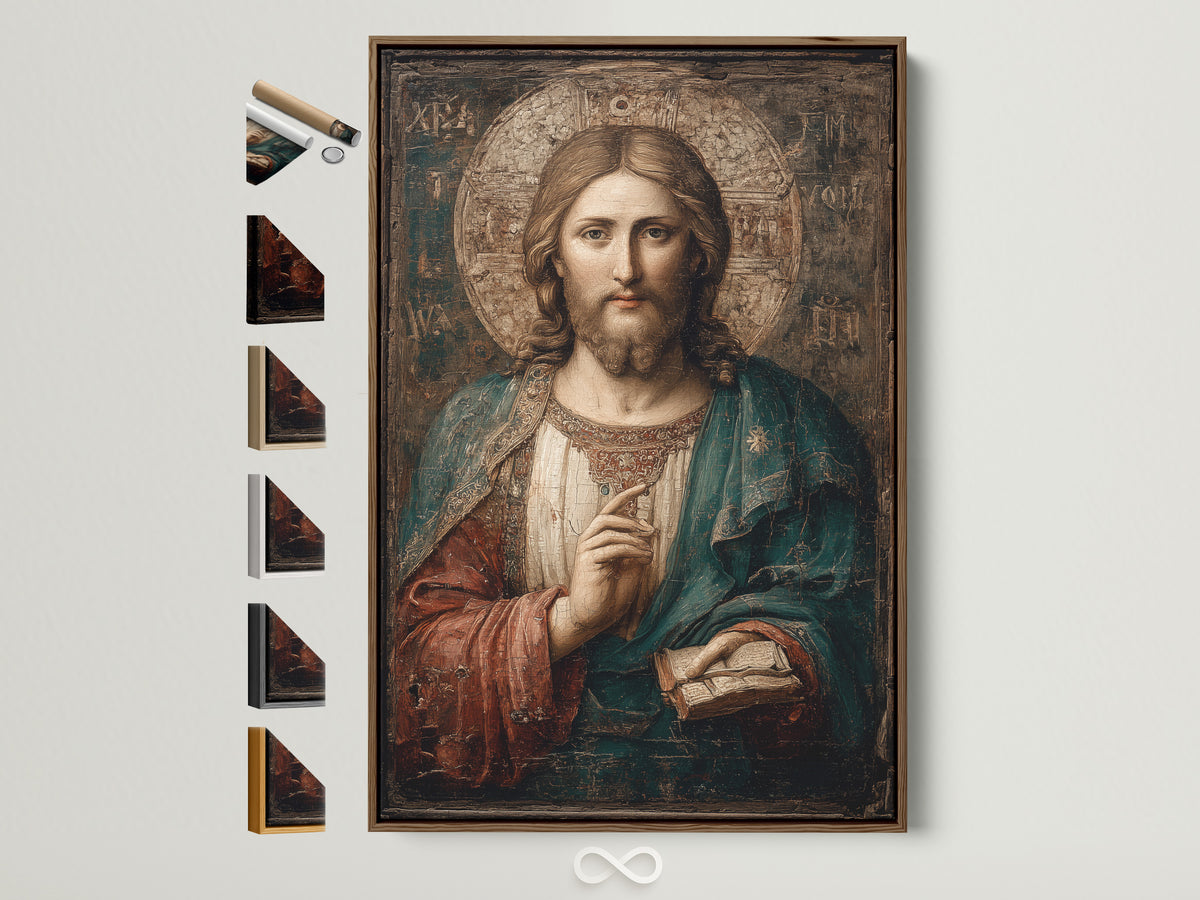
0 reacties